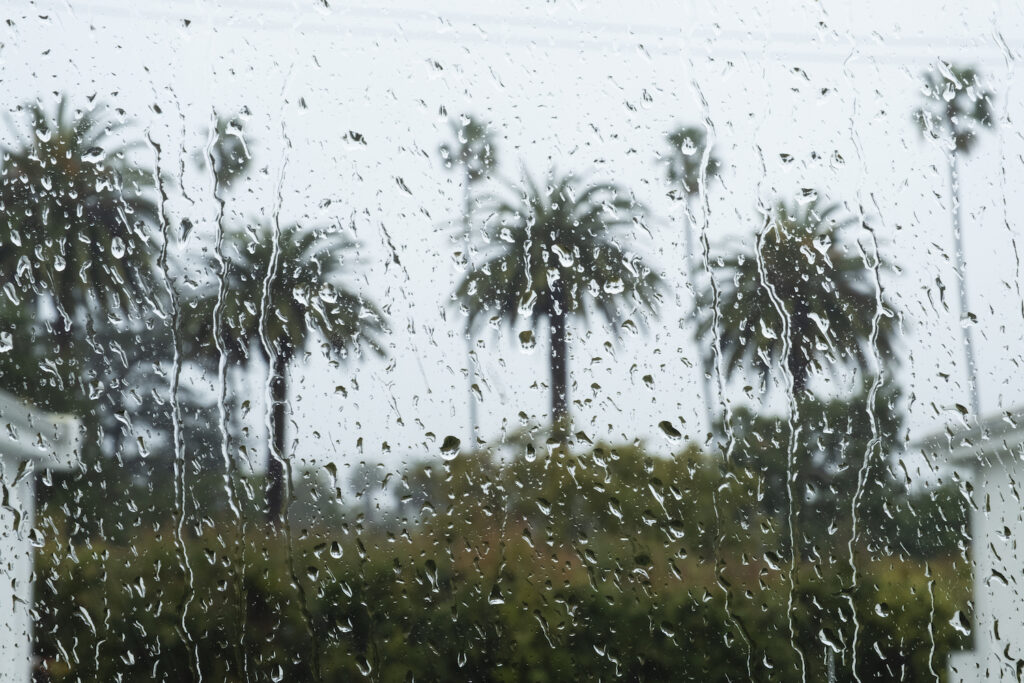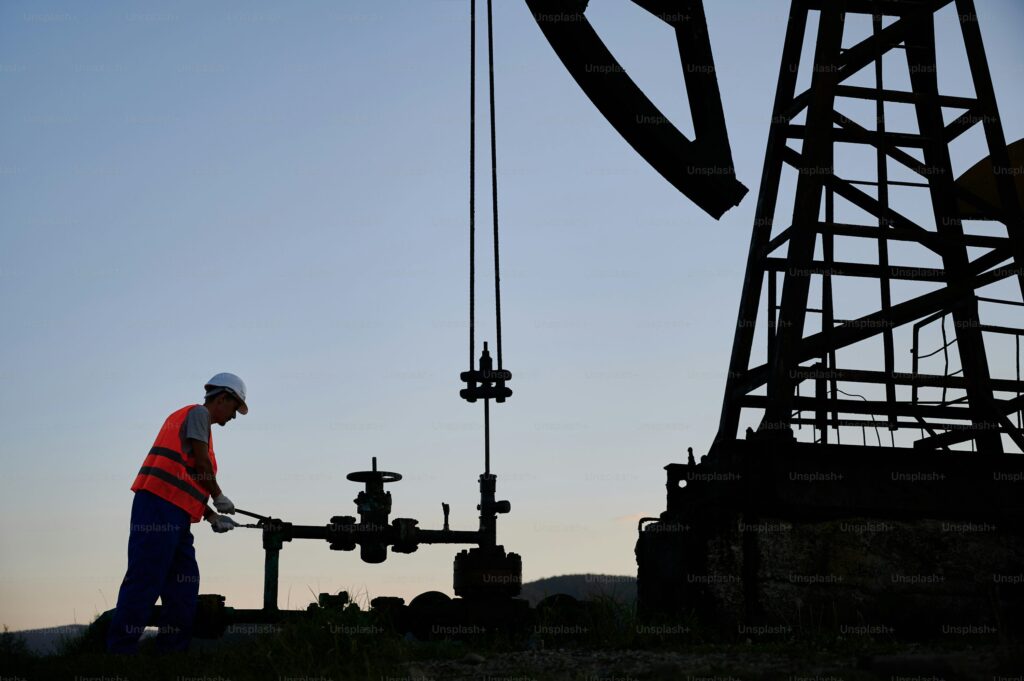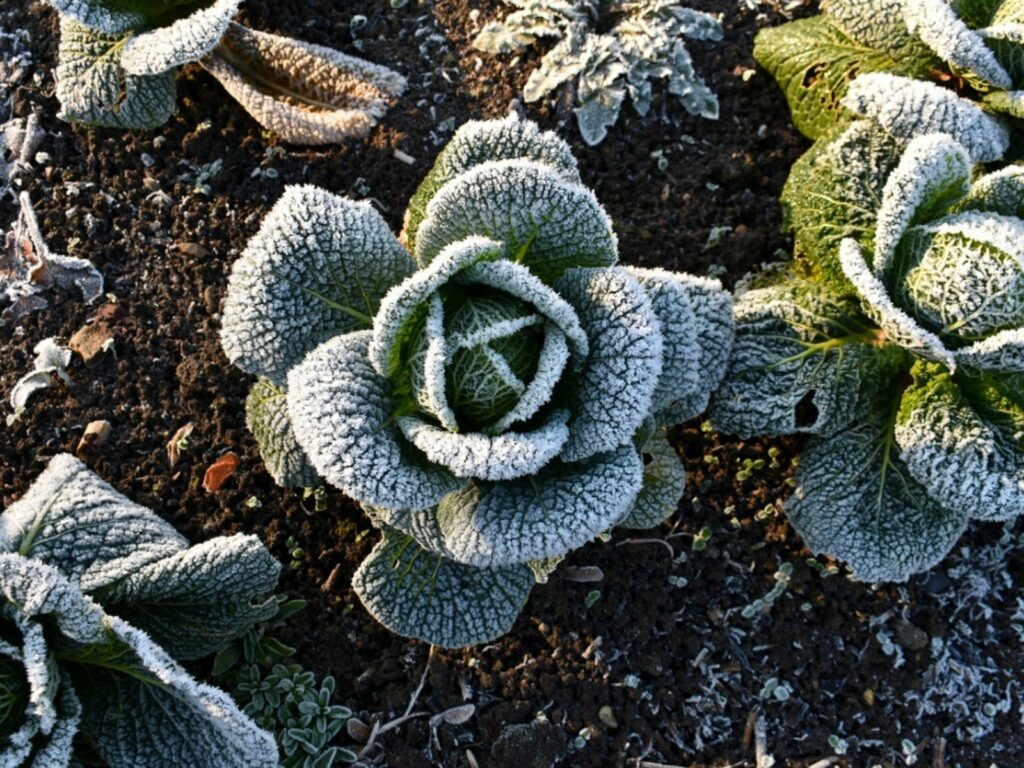Nature Geoscience tells us we're in a heap of trouble, or a bog of the stuff, because permafrost is liable to crumble far faster than the firmly settled, totally reliable science thought. It’s the usual scarily vague story, that “Permafrost in Canada, Alaska and Siberia is abruptly crumbling in ways that could release large stores of greenhouse gases more quickly than anticipated, researchers have warned.” Could. Might. Maybe. Science is wrong but right. That sort of stuff. Our snow goose is about to cook. Just the same way it didn’t last time; because what they never mention is that these runaway disasters didn’t happen during the historical intervals when far more warming happened over far longer intervals.
The story got the usual big play. But for all the attention no one examined the assumption that there is such a thing as a runaway greenhouse effect that can be triggered by a small amount of warming and, if there is, it condemns us to far more and far more unstoppable warming. “Scientists have long fretted that climate change - which has heated Arctic and subarctic regions at double the global rate - will release planet-warming CO2 and methane that has remained safely locked inside Earth's frozen landscapes for millennia…tipping [the Earth] into a self-perpetuating vicious circle of ice melt and global warming.”
Now the odd thing about these millennia is that there are a lot of them. Not just the 12,000 or so since the last retreat of the glaciers. But hundreds of thousands of them since the emergence of complex, multi-celled life. And in that time it has generally been considerably warmer than it is today, about 8°C. Where was the runaway warming? It didn’t happen then and it isn’t happening now. Did it occur at any point during the past when these marauding Mad Max gases weren’t “safely” under lock and key? Why didn’t the Cretaceous or the Eocene see a “hothouse” Earth inhospitable to life including such developments as, oh, say, the evolution of primates? How indeed was it possible for the Pliocene with high levels of CO2 and no “frozen landscapes” even at the poles to see not a “vicious circle” of warming but a sudden, runaway… cooling, with glaciers and mass disruption of long-established ecosystems?
Don’t ask. At least, don’t ask Nature Geoscience.



Atmospheric CO2 was much, much higher in the distant geological past, about 20 times higher or more. It has been sequestered naturally by living organisms over billions of years. First, sea-dwelling organisms used CO2 to form calcium carbonate for shells and bones. When they died and sank to the ocean bottom, the calcium carbonate compacted, forming limestone. That's why we have thick layers of limestone all over the globe now, in some places pushed up to the surface by subduction. Later, plants evolved lignin, which gave them rigidity and allowed them to reach for the sunlight, eventually becoming trees. When these ancient trees died, there was no organism yet evolved that could break down lignin; the trees piled up on top of each other, compacted, were buried, and ultimately became huge seems of coal. Due mainly to these biological processes, atmospheric CO2 has been on a downward slope for billions of years, with a few resurgences when massive volcanoes spit out the CO2 again. But the long-term trend has been downward, until the current inter-glacial when levels reached near starvation levels for plants. If CO2 were the control knob of the planet's temperature, we would have burned up billions of years ago.
There are a few things I find odd about this permafrost carbon bomb theory.
1. Conventional wisdom dictates that agricultural practices of no-till or of the tilling under of biochar will sequester carbon in the topsoil and therefore help offset our carbon emissions (https://ehp.niehs.nih.gov/doi/full/10.1289/ehp.117-a70) (https://www.nrcs.usda.gov/Internet/FSE_DOCUMENTS/nrcs141p2_002437.pdf). So how is that the agricultural soils of the south sequester the carbon they are fed, but the undisturbed melting permafrost soils have to release theirs?
2. As permafrost melts trees grow. A growing forest is a carbon sink, so why isn't forest expansion considered as an offsetting effect to any carbon release from the permafrost?
3. Why don't journalists ask these questions?
If CO2 is the control knob for plant growth, then we better start to eat dirt and rocks, if they are serious about going to zero emissions.
Back to a life as a worm. Who had known?